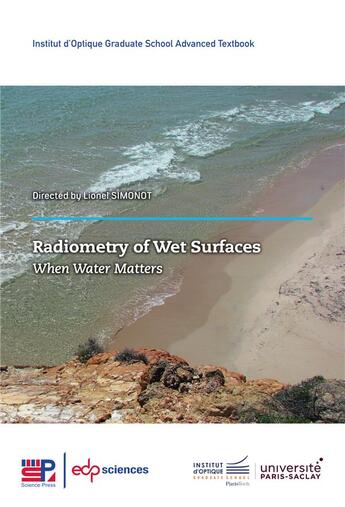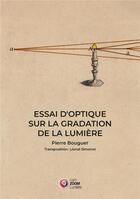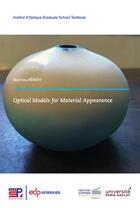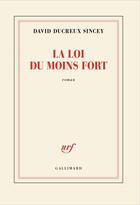-
Date de parution : 02/02/2023
-
Editeur :
Edp Sciences
-
EAN : 9782759829309
-
Série :
(-)
-
Support :
Papier
Résumé:
As everyone can see every day, many objects or materials change their appearance when they get wet. Most of the time, the object becomes more translucent, its color darker and more chromatic. Beyond these general trends, is it possible to predict these changes in appearance for a given type of... Voir plus
As everyone can see every day, many objects or materials change their appearance when they get wet. Most of the time, the object becomes more translucent, its color darker and more chromatic. Beyond these general trends, is it possible to predict these changes in appearance for a given type of surface, and for a given humidity level? This is the question studied in this book, by drawing up a first inventory of available knowledge and ongoing research in multiple fields of application: in remote sensing, to correctly identify surfaces and estimate moisture content; in public lighting, to improve visibility on wet roads; in computer graphics, to render wet surfaces in a more realistic way... There is no universal model to describe the changes in spectral, angular and spatial responses of a wetted surface. The mechanisms of light scattering are not affected in the same way according to whether the material is porous, fibrous, powdery, and can be filled by water, or impermeable and can be covered by a water layer. In some applications where the infrared domain is of interest, the strong absorptance of water is also to be considered. This book was initiated by the GDR Appamat, a grouping of research focused on material appearance created in 2019 by the French national center for scientific research (CNRS). In 9 chapters, 26 specialists from various disciplines present different approaches that open perspectives on this field of research. Hopefully, students, engineers, and researchers will be inspired by these ideas to propose future developments.
Donner votre avis
















